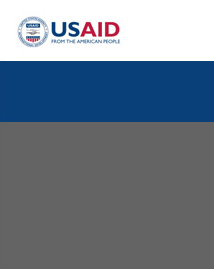Speeches Shim
Widespread deforestation is a critical concern in Haiti and poses a serious threat to the lives of Haitian citizens. This deforestation has led to flooding, dramatic rates of soil erosion, and subsequent declines in agricultural productivity. Haiti’s valuable coastal and marine resources have been degraded by sediment deposit and overfishing, resulting in considerable loss in biodiversity. Waste management in Haiti’s urban areas is a major challenge, especially in Port-au-Prince, one of the largest cities in the world without a sewer system. Solid waste clogs urban waterways and leads to the spread of waterborne diseases. Landfills are few and do not meet the needs of most municipalities. Medical waste is frequently left untreated, and, with incinerators in disrepair, is often disposed of in public dump sites.
Haiti’s depleted tree cover exacerbates the consequences of storms and hurricanes. Recurring droughts followed by heavy downpours cause frequent flash flooding. In 2016, Haitians finally saw the end of the extreme El Niño drought, the worst in 35 years. However, 2018 saw its re-emergence in parts of the North East, North, and West (Cornillon and Ile de la Gonave), leading to slightly lower than average rainfall in several parts of Haiti.
The dearth of reliable rainfall in Haiti is not only detrimental to farmers whose crops wilt and die, but also to ordinary Haitians who depend on water catchment systems for their daily water needs. In 2016, Haiti was struck by Hurricane Matthew, which devastated parts of the country that had been spared the worst of these droughts.


Comment
Make a general inquiry or suggest an improvement.